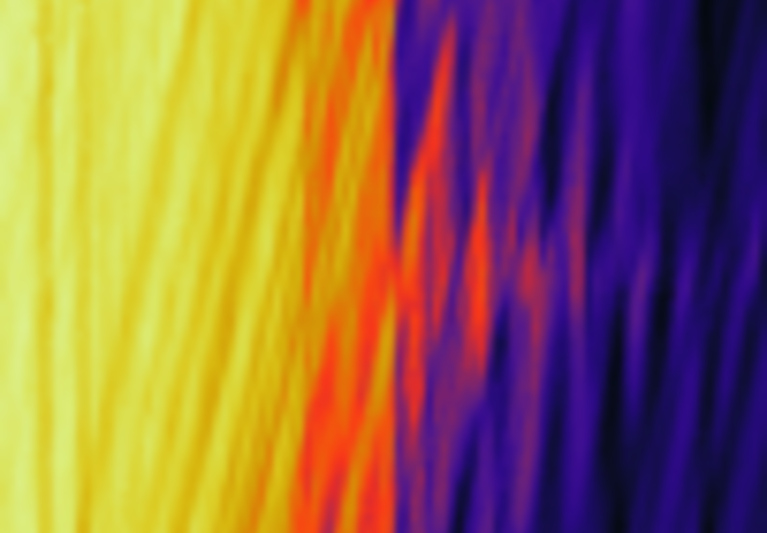Temperature-dependent transport measurements are performed on the same
set of chemical vapor deposition (CVD)-grown WS2 single- and bilayer devices
before and after atomic layer deposition (ALD) of HfO2. This isolates the influence
of HfO2 deposition on low-temperature carrier transport and shows that
carrier mobility is not charge impurity limited as commonly thought, but due
to another important but commonly overlooked factor: interface roughness.
This finding is corroborated by circular dichroic photoluminescence spectroscopy,
X-ray photoemission spectroscopy, cross-sectional scanning transmission
electron microscopy, carrier-transport modeling, and density functional
modeling. Finally, electrostatic gate-defined quantum confinement is demonstrated
using a scalable approach of large-area CVD-grown bilayer WS2
and ALD-grown HfO2. The high dielectric constant and low leakage current
enabled by HfO2 allows an estimated quantum dot size as small as 58 nm.
The ability to lithographically define increasingly smaller devices is especially
important for transition metal dichalcogenides due to their large effective
masses, and should pave the way toward their use in quantum information
processing applications.
C. S. Lau, J. Y. Chee, Z.-E. Ooi, S. W. Tong, M. Bosman, F. Bussolotti,
T. Wang, S. L. Teo, C. P. Y. Wong, J. W. Chai, Z. M. Zhang, K.-W. Ang, and
K. E. J. Goh
Adv. Mater. 2021, 2103907






